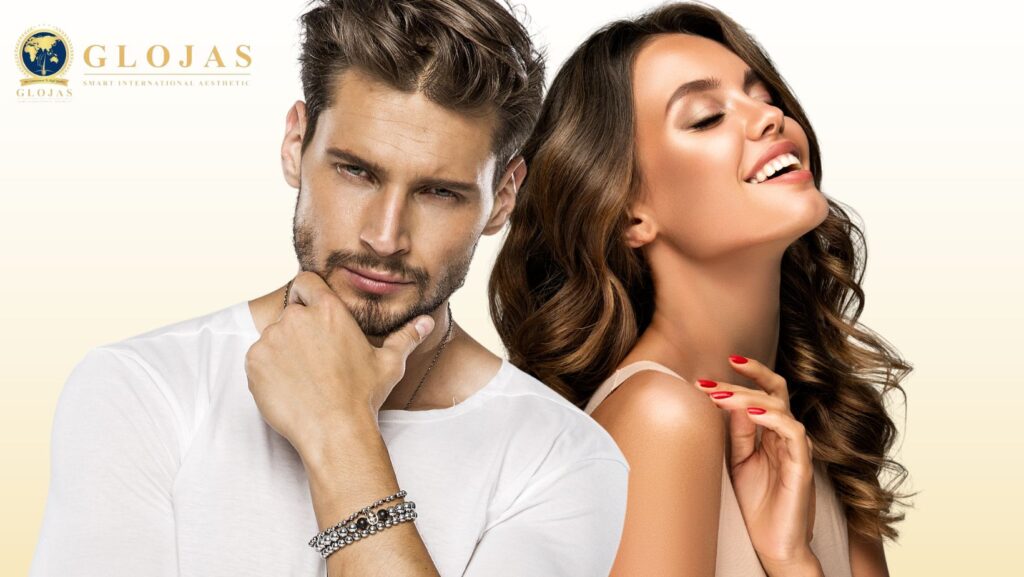Ways To Heal Stretch Marks After Giving Birth

Welcoming a new life into the world is a magical experience, but the physical aftermath of pregnancy, such as stretch marks, can be a concern for many new mothers. In this guide, we’ll explore effective ways to heal and reduce the appearance of stretch marks after giving birth, helping mothers regain confidence in their postpartum […]
Get Perfect Legs Without Ever Hitting The Gym with Leg Contouring

Dreaming of achieving flawless, sculpted legs without spending hours at the gym? Look no further! Leg contouring, a trending cosmetic procedure, offers a remarkable solution to those seeking to enhance the appearance of their legs without breaking a sweat. This non-invasive technique involves strategically applied makeup or self-tanning products to create the illusion of toned […]
Hairstyles for Balding Men (Yes, It is Possible)

Experiencing hair loss is a shared journey for many individuals, with around 50 million men in Malaysia facing Androgenetic Alopecia, commonly known as genetic hair loss. While addressing the genetic causes requires comprehensive measures, selecting a flattering hairstyle can be a powerful tool to enhance one’s appearance and boost confidence during the process. Choosing the […]
Do’s and Don’ts of Healthy Hair Care at Home

Dreaming of thick, long, and vibrant hair? Achieving the hair of your dreams is within reach with the right care routine. Healthy hair exudes strength, silkiness, and smoothness, contributing to boosted confidence and an enhanced overall appearance. Dive into the world of effective hair care with these do’s and don’ts, and get ready to showcase […]

